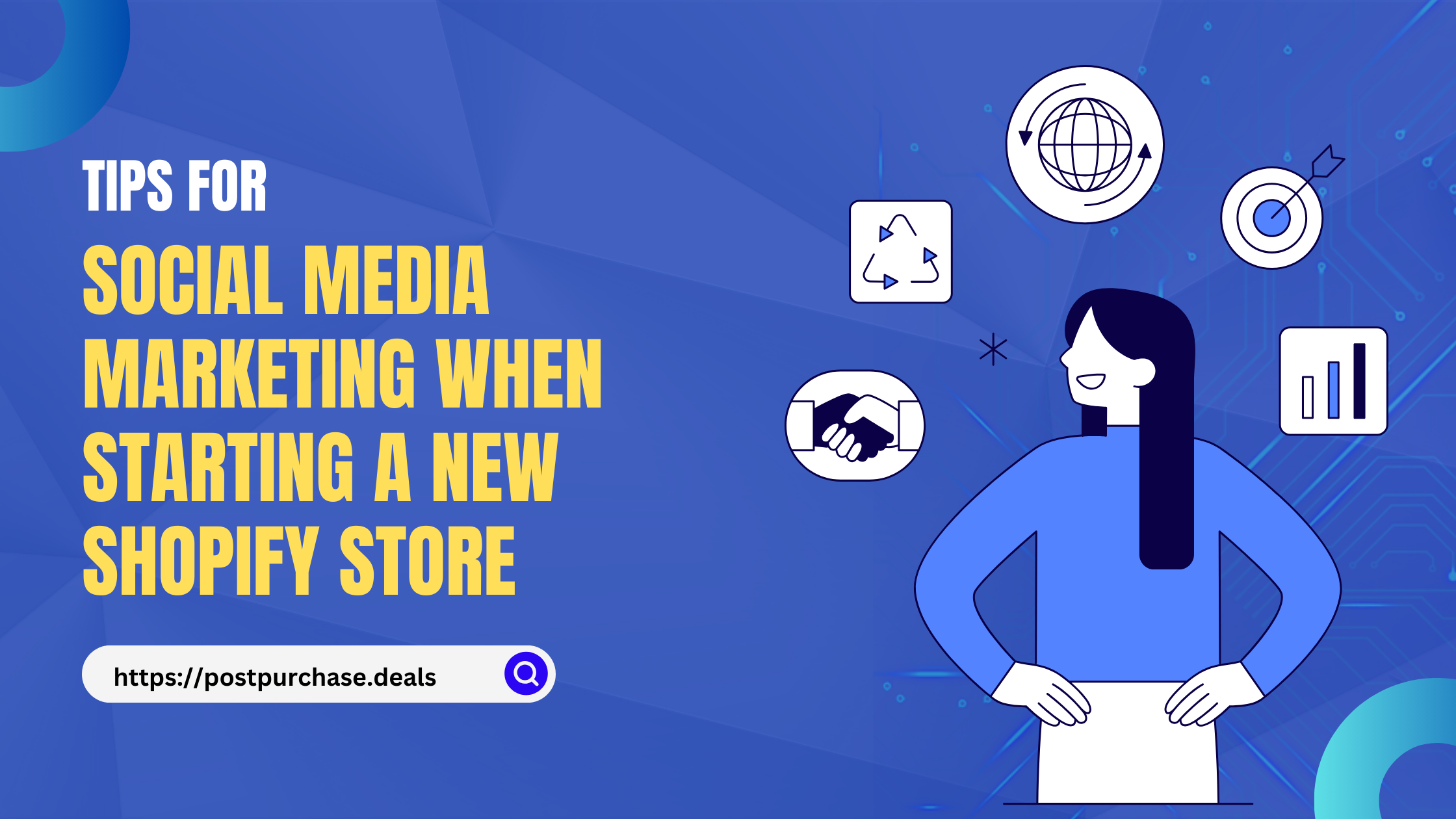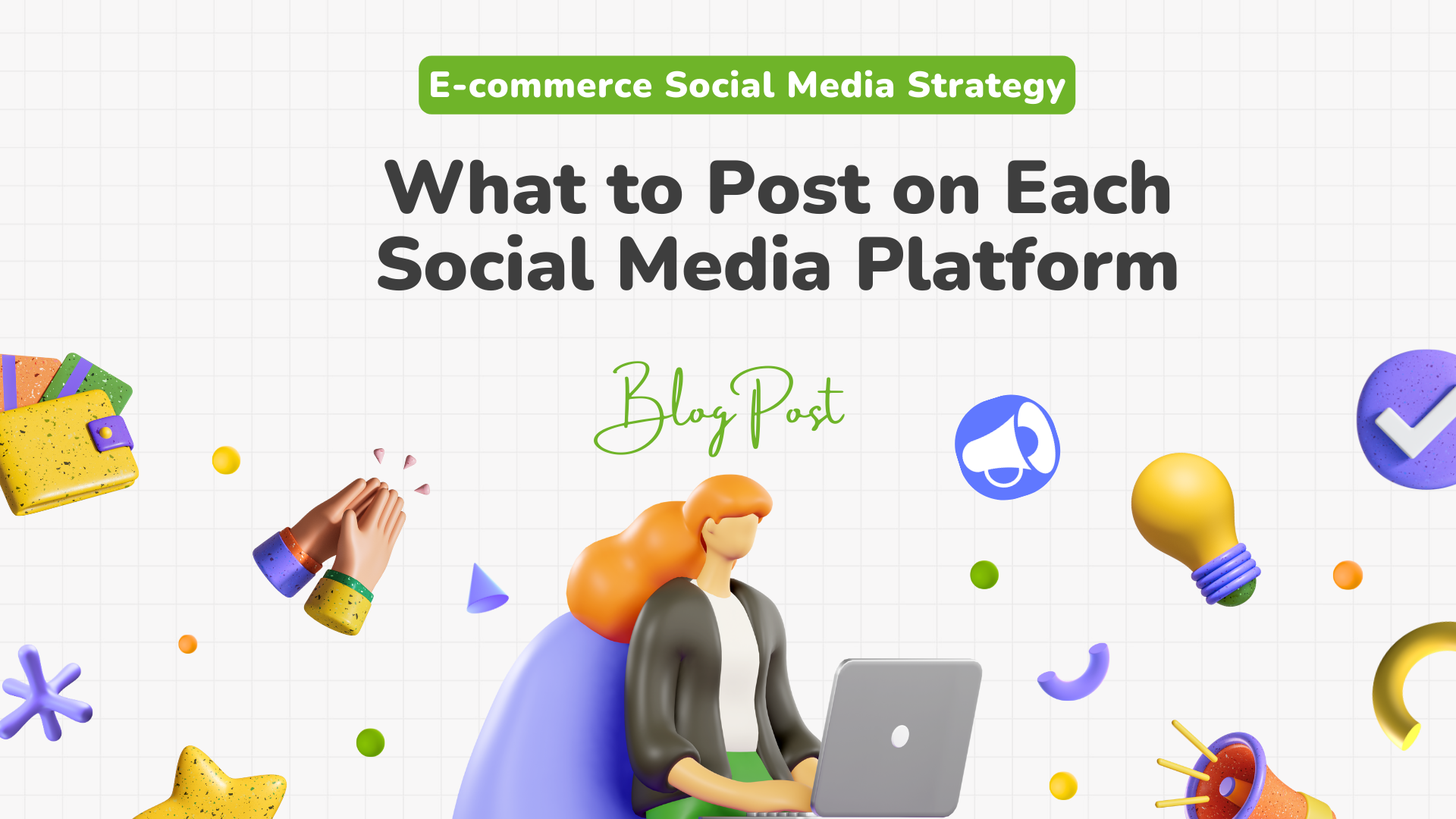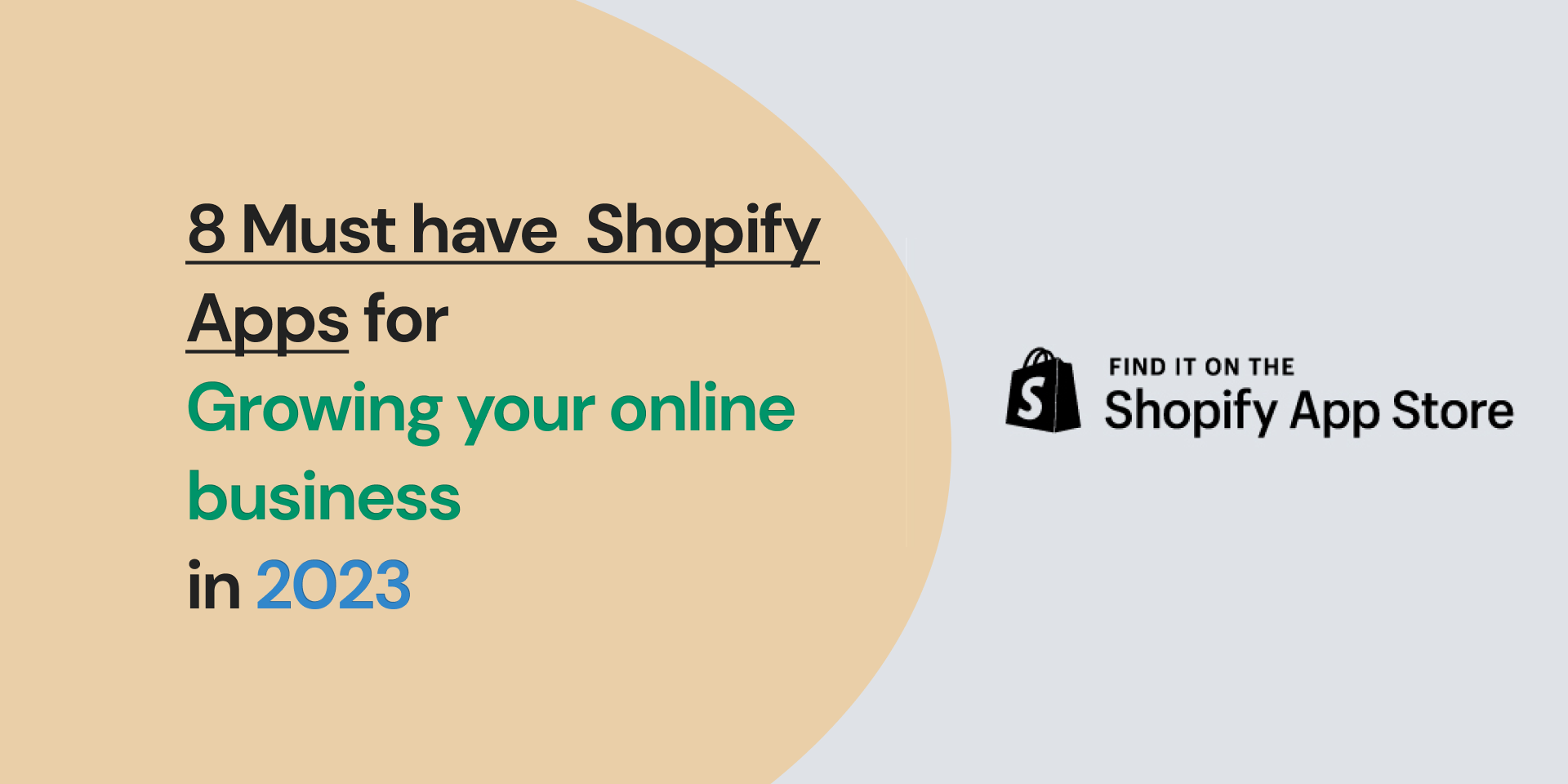Starting a new Shopify store and getting your social media presence off the ground can seem super intimidating. But listen, it doesn’t have to be! With a few key tips in your back pocket, you’ll be well on your way to rockin’ social media marketing for your fresh Shopify biz. In this post, we’ll walk through some easy-to-implement strategies to help you build your brand and get those all-important eyes on your products. From optimizing hashtags to running targeted ads, we’ll explore the social media marketing essentials you need for Shopify success. So get ready to take notes, because these tips will have you and your Shopify store thriving on Insta, Facebook, and beyond in no time!
The Importance of Social Media Marketing for New Shopify Stores
Build Brand Awareness
When you’re just starting out, social media is key to getting the word out about your new Shopify store. Posting on platforms like Facebook, Instagram, and Pinterest is an easy way to raise brand awareness and attract new customers. Share photos of your products, behind-the-scenes sneak peeks, and curated content to start building buzz.
Engage With Your Customers
Social media also allows you to engage directly with your target audience. Respond to comments and messages, ask for feedback, and join in relevant conversations. Your customers will appreciate the personal interaction and it helps to strengthen your connection with them.
Drive Traffic and Sales
The more people engage with your social media posts, the more likely they are to visit your Shopify store. And once they’re on your site, a certain percentage of visitors will make a purchase. Promoting sales, special offers and new products on social media is an effective way to motivate customers and boost your bottom line.
Stay on Top of Trends
Social platforms are also a valuable tool for researching trends in your industry. See what types of posts get the most likes and shares, pay attention to popular products, and monitor what your competitors are doing. Then incorporate some of these winning elements into your own social media strategy. Staying on the cutting edge will keep your Shopify store feeling fresh and help you gain a competitive advantage.
With an active social media presence, new Shopify store owners can build brand recognition, connect with customers, increase traffic, drive sales and stay ahead of trends. While it does require an investment of time, social media marketing should be an essential part of your success from day one.
Creating Social Media Accounts for Your Shopify Store
Set up profiles on major platforms
To start, you’ll want to create business profiles on Facebook, Instagram, Twitter, Pinterest. These big networks are where most of your potential customers are hanging out. Keep your profile info consistent across platforms and be sure to use eye-catching images that represent your brand.
Focus on visual content
People love photos, graphics, and short videos on social media. For a new Shopify store, post product photos, behind-the-scenes shots of your business, infographics, and short video clips. This visual content will capture attention and show people what you’re all about.
Share news and promotions
Once your accounts are up and running, start sharing updates, sales, new products, and any news related to your business. Post 4-5 times per week to stay active in followers’ feeds without annoying them. Promote any coupons or special offers through social media to drive traffic to your store.
Engage with your followers
Social media is meant to be social, so engage with your followers! Like and reply to their comments, answer any questions, and start genuine conversations. Tag followers who post about your products and repost great user-generated content. Engagement helps build real relationships and loyalty.
Analyze and optimize
Pay attention to insights and analytics to see what’s performing well. Make improvements to your visual content or promotions based on feedback. See what times and days get the most engagement so you can tailor your posting schedule. With regular analysis and optimization, your social media marketing will become more and more effective over time.
Staying on top of these social media best practices takes work, but will absolutely pay off in gaining new customers and sales for your Shopify store. The time you invest in social media is an investment in your business’s success.
Setting Up an Editorial Calendar to Manage Content
When you’re starting out with social media marketing for your Shopify store, an editorial calendar is key to staying organized and consistent. An editorial calendar maps out all your social media posts for the upcoming weeks or months so you can plan and schedule content in advance.
Figure Out Your Posting Frequency
First, determine how often you want to post to each social network. For most stores, 3-5 posts per week on Facebook and Instagram, and 1-2 posts on Twitter is a good start. You can adjust as needed once you get into a rhythm.
Choose Your Content Types
Next, decide on the mix of content you want to share, such as: product photos and videos, blog posts, promotions, lifestyle images, behind-the-scenes clips, etc. A good rule of thumb is to make 80% of your posts engaging and educational, with 20% being promotional. Your followers will appreciate the value-added content.
Schedule Your Posts
Now you’re ready to map out your posts in the calendar. Start by plugging in your evergreen content and promotions, then fill in with your other posts. Aim for a good variety so you’re not sharing the same type of post multiple times in a row. Use a social media management tool to schedule your posts for the weeks ahead.
Review and Revise
Be sure to check back on your editorial calendar regularly to make changes as needed. You may want to swap some posts around or replace a less interesting photo. Look at which posts get the most likes and shares to determine what your followers enjoy. Make notes on how to improve for your next round of content planning.
Following an editorial calendar will make your social media marketing efforts more effective and help you gain followers and drive more traffic to your store. Stay consistent and provide value, and your fans will come back for more!
Using Shopify Apps Like Social Schedular to Automate Posting
Once your store is up and running, managing your social media marketing can become time-consuming. A great way to save time is by using Shopify apps like Social Schedular to automatically post updates to your social channels with AI.
Link your Facebook page, Instagram profile, Twitter account, and any other social networks you use to the app. It will automatically pull details like your store name, products, blog posts, and more to create AI-generated social media posts.
Set a posting schedule
Decide how often you want updates to be shared on each channel, such as 2-3 times a day on Facebook and 3-4 times a week on Instagram. The app will then generate posts and share them on your selected schedule. You can always go in and make edits or swap out any posts as needed.
Share product updates
This app will automatically share the details on your social media channels. Your followers will stay up-to-date with your latest offerings without you having to do anything extra.
If you publish a new blog post, the app can share an excerpt or link to help drive traffic back to your site. It can also re-share evergreen content to keep your followers engaged.
While automated tools are useful, don’t rely on them 100%. Still, post personal updates, behind the scenes, customer stories, engage with your followers, and share behind-the-scenes peeks at your business to build authentic relationships. Using a combination of automation and manual posting, you can efficiently manage your social media marketing without it becoming overwhelming. Keep an eye on how your automated posts are performing and make adjustments as needed to optimize your efforts.
Developing Engaging Social Media Content to Promote Products
To promote your products on social media, focus on creating eye-catching and interesting content. Images of your products in use or lifestyle shots tend to capture attention. Share photos on Instagram and Facebook, and short video clips on platforms like Instagram Stories, Facebook Stories and TikTok.
Product Photos
Have professional product photos taken to use for your social media profiles and posts. Show how your products can be styled or used. For example, if you sell home decor, share photos of vignettes styling multiple products together in a cohesive look. These inspirational shots will spark ideas in your customers’ minds.
Behind-the-Scenes
Give followers a peek behind the curtain of your business. Share photos of your products being made or designed. Post short video clips highlighting your product’s best features. These authentic looks into your brand and products will help to build a connection with your audience.
Engaging Captions
Write captions for your social media posts that tell a story or share information about the products featured. Ask open-ended questions to encourage comments and discussion. Run contests and giveaways that require people to engage with your posts. All of these tactics will increase engagement and visibility.
Hashtags
Use popular hashtags to help people discover your social media profiles and posts. Search for hashtags being used by similar brands and your target customers. Include a mix of broad hashtags with millions of posts, medium-sized hashtags with thousands of posts and more specific hashtags with a few hundred posts. Find the right balance of hashtags for each platform to gain more exposure without looking spammy.
With an engaging social media strategy focused on dynamic content, you’ll gain more followers and drive more sales from your Shopify store. Promoting your products on social media is a key way to increase brand awareness and connect with new potential customers.
Conclusion
So there you have it – some actionable tips to grow your social media presence as you launch your new Shopify store. Remember, consistency and quality content will be key. Don’t get overwhelmed trying to master every platform at once. Pick one or two that align with your brand and products and focus on doing those really well. Be authentic, provide value for your audience, and have fun connecting with potential customers. With a little time and effort, you’ll gain traction and your social media will become a powerful tool for your business. Wishing you success with your new online shop – you got this!


